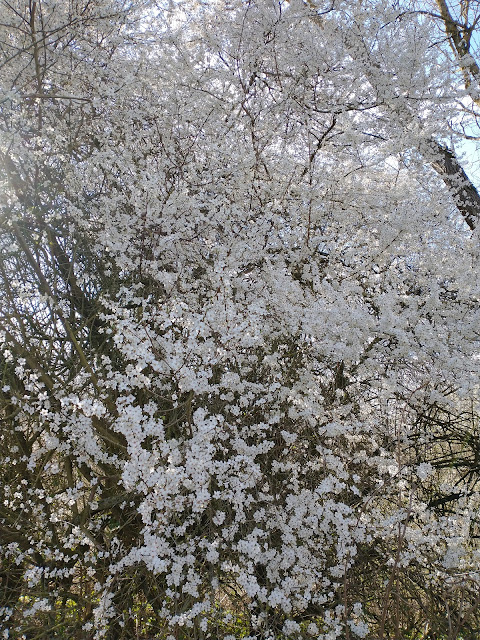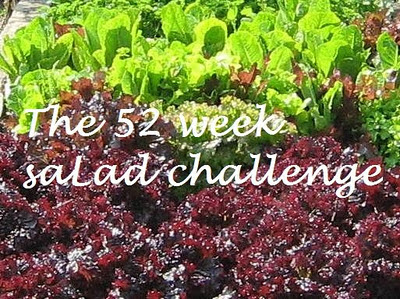A banner for bees
One of my personal Lockdown challenges last month was to create a banner for International Women's Day (today) to illustrate a WI campaign which has meaning. Naturally, the most garden related one was the one I picked, especially as the 2009 campaign SOS for Honeybees originates from a Wiltshire WI.
I've only recently come across the term craftivism, a gentler, more mindful way of making a point about an issue or to raise awareness of it. I'm particularly struck by the work of Sarah Corbett and her Craftivist Collective and it was a couple of her talks plus the recent BBC4 documentary on the subject which inspired my own banner making. I was keen to show something more practical which anyone could go away and do, hence the central message about growing pollen-rich flowers in the garden.
But which flowers are pollen-rich? This is a subject I plan to return to from time to time this year here on the blog as I look into the subject more. I made a good start last week for Muse Day and the wonderful pollen encrusted early bumblebee I found in my garden. It's the perfect illustration of how valuable crocuses are at this time of year.
This weekend the spring blossom exploded into life here in Chippenham and with it came the bees. The ornamental cherries and crab apples are particularly good pollen sources, along with willow - note to self, I must go on a pussy willow hunt!
In the garden the winter honeysuckle is doing a good service for the bees, as is my Viburnum x bodnantense 'Dawn' and the winter flowering clematis. It's great to see my garden already has plenty for the bees this time of year. I've checked via a pdf list from the British Beekeepers Association which shows both pollen and nectar-rich plants for the garden. I can check how my garden fares by season and to also use it to inform future plant purchases.
Look out for future posts as I find out more on how we can help our bees.
Update
Here's the link to the pdf mentioned above; I've added it to my Google Drive so I can share it with you. I particularly like this list because it makes a distinction between pollen and nectar-rich plants, shows when they are of value, and the best time for planting them.
Also, here's a link to the useful Gardening for Bees section on the British Beekeepers Association website. Note their information focuses on honeybees (naturally). Bumblebees' requirements may differ e.g. their tongue length affects which flowers are suitable for them. Here's a specific floral list for them from the Bumblebee Conservation Trust.












Thank you for supplying the list. It doesn't include Clematis rhederiana which flowers in September and has lovely hanging lemon coloured scented bells that are always full of bees on a sunny day. I notice several plants have asterisks but couldn't find a reason. I do know that Hebes are very loved by bees of all sorts and I have lots in my garden. Hebe Spenders' Seedling has been in flower all winter here in mid Wales.
ReplyDeleteHi Sue - yes those are excellent plants. I worked my way through the Bumblebee Conservation Trust's more extensive Bee Friendly list last night and in there they list the more general spring, summer and autumn flowering clematis in their 'superplants' section. I remember hebe was on there as well. I'd add Agastache to the list too - I haven't found it in any of the references I've looked at so far, but here the bees will seek it out in preference to the dahlias and salvias which are on there.
DeleteAnd of course, this doesn't look at our other garden pollinators such as moths and butterflies. I must revive a project I started a while ago which tries to create a 'superlist' which aims to provide some help for those with smaller gardens.
Delete